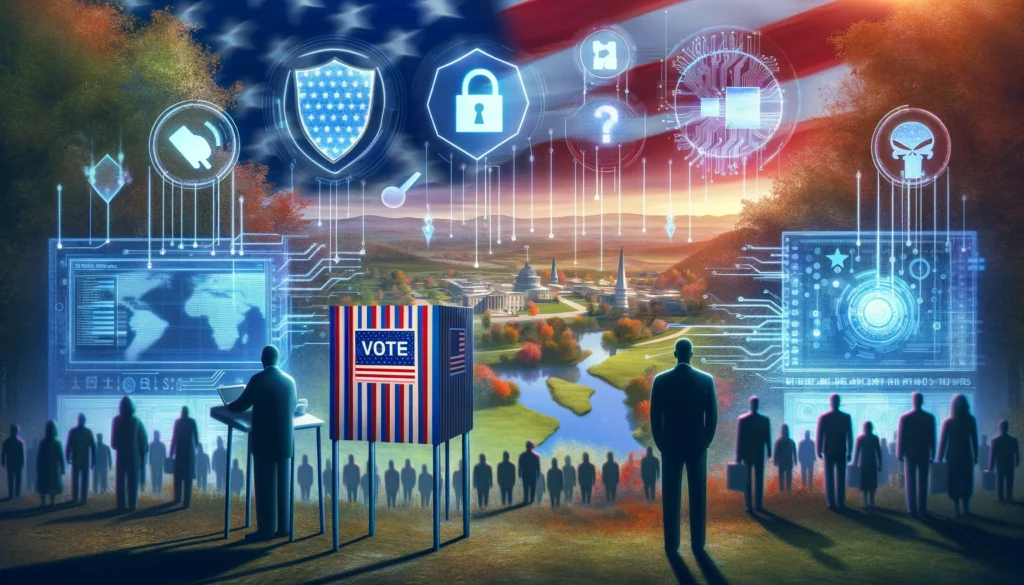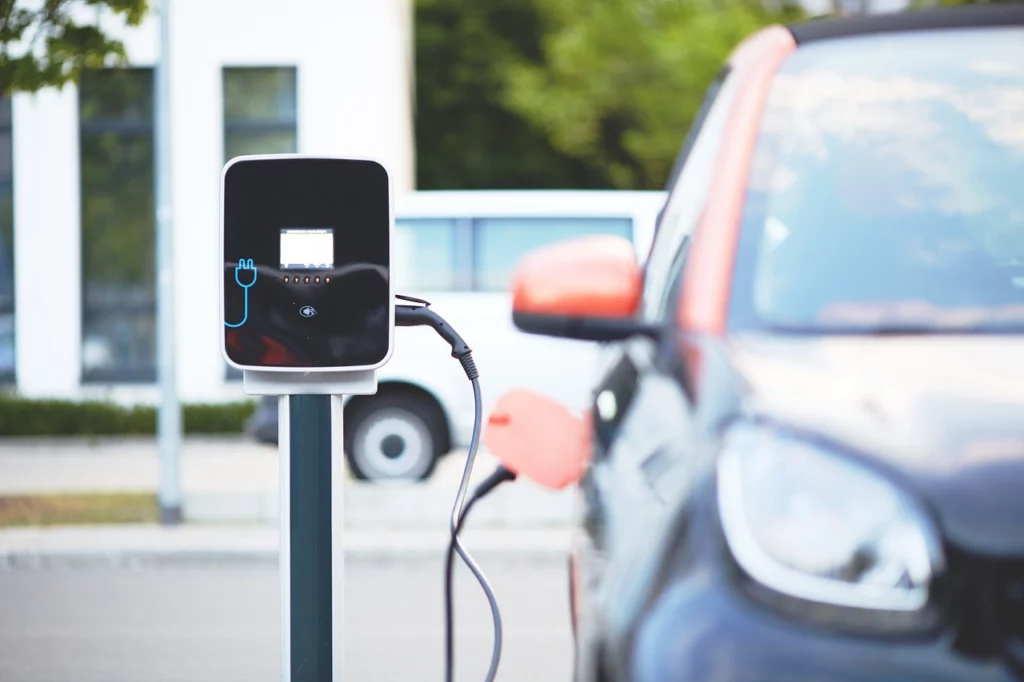And Why Streamed IFA and CES Conferences Will Fail
After watching both conventions, I kind of feel like I was being punished. I generally enjoyed the Democratic National Convention (DNC) and generally didn’t enjoy the Republican National Convention (RNC) events. Now a lot had to do with content, but I was reviewing these mostly for execution and to see what worked and what didn’t as we ramp up to our significant technology events like CES in a few months.
I used to be part of an event training service for an extensive research firm, and I am both a trained actor and a trained news anchor. So, on performance I’m looking for who made the best use of their airtime and spoke to the shrinking (now estimated at around 3M), undecided voters.
So, let’s get to it.
Setting the Bar
Let’s first set the bar for how the best online events are done. Recognize that when you have folks captured in an audience, they are stuck (granted they can play with their mobile devices) but they can’t easily walk out and do something else. That allows for longer formats. Also, if you see folks start playing with their phones, you can change up a physical event (though few do) and get their attention back. An experienced speaker, assuming they can see through the stage lights, will almost always tell a joke or change up their content if they see they are losing an audience.
But when you are streaming folks have a ton of things they can also do that no one else sees. Eventually, online audiences will be instrumented, allowing for longer formats. Still, right now, ideally, you want short 5-15-minute segments drifting to 30 minutes (but no more) for things like powerful keynotes.
This short format helps to hold attention, recognizing that if that attention drops, you may lose that audience member for much of the rest of the event. Watch someone that drifts do doing email or start watching cat videos; they are pretty much gone for the duration. So, changing things up often keeps folks focused and less likely to drift away.
Moderation should be professional because a professional entertainer knows how to be entertaining. They are already comfortable in front of a camera, can read a prompter without looking like it, and they tend to be physically attractive, which helps hold the eyes onto the screen. I’ve noticed this most when physical events were held in Las Vegas, where named talent can be acquired relatively inexpensively.
Now, because people that are streaming can actively fact check you, I think that blatant untruth is extremely unwise. Yes, people that already believe you won’t fact check what you say. But undecided voters aren’t believers; they are likely to look things up, so staying close to the facts is important because, if someone catches you in multiple lies, they are likely not to want to vote for someone they can’t then trust. In short, if the goal is to move undecided voters into your camp, you aren’t speaking to the converted, but the unconverted and thus need to portray yourself as someone they can trust, and you can’t do that if you are seen as lying.
Let’s start with the RNC because what they did right is the far shorter list.
RNC-What went right
The RNC used experienced producers, and their transitions and use of live audiences were superior to what the DNC did. The DNC had applause over streams while the RNC had several virus-tested, in-place audiences that made the applause sound real while the DNC applause (with one exception) sounded like a hand-full of people in a large empty room. Now I do believe you can use a sound enhancement to improve the sound of the remote applause, and in one instance, the DNC appeared to do that, but the RNC’s in-place audience sounded more real.
What the DNC Did Right
The DNC effort resulted in a far longer list. The DNC had professional moderation ending with Julia Louis-Dreyfus, who, in my opinion, set the bar for the event with an impressive mix of on-screen charisma and comedy. The other moderators were good, but Louis-Dryefus became fun to watch and seemed to do the best job of making the last night of the DNC event more fun to watch.
Professional moderation lets you know what is coming, summarizes what you saw, and holds the entire experience together. Besides, the DNC stuck mostly with short-format talks, and the keynotes—which ran longer—never seemed to drag on like almost every presentation at the RNC did. They used lots of seemingly real people without obvious familial or financial connections to the candidates, which should have made them more credible. With one exception, the DNC’s speakers came across as natural and well-rehearsed even the young boy that spoke on his stuttering problem showed incredible poise as he struggled with his affliction. In contrast, almost all the RNC speakers seemed connected at the hip to the RNC candidates or part of their immediate or extended families. One appeared to be on a recreational drug, and another seemed to think she was at a noisy outdoor rally because she yelled at the camera in an incredibly irritating fashion. Now irritation can work with ads that are short format, but a long speech where someone is yelling at you is just painful and about as far from fun as you can get.
DNC content, while it did time to time vary from the truth, based on what the fact-checkers concluded was relatively truthful; this was in contrast with the RNC, where it looked like smoke was coming out of the fact checker’s ears. If the goal was to wind up the converted, it probably did that. Still, I doubt they moved the ball much with undecided voters because anyone reading the fact-checker reports or looking stuff up themselves would immediately see through the false statements, and they were legion.
Wrapping Up: IFA/CES Are in Trouble
Both of the political conventions were comparatively simple compared to a big tent technology show like IFA or CES, where a lot of the value happens on the show floor, not during the keynotes or press events. Also, each presenter has a portfolio of products that could legitimately take hours to fully present, yet the time limits are still 5-15 minutes for most and 30 minutes for inspirational keynotes. I don’t think this format will work for that without a ton of work to have similar content and machine the audience, person by person, to the specific detailed content in which they are interested.
As I look back at this, it might be far more effective for the larger vendors just to have their dedicated event and let smaller vendors aggregate in an IFA or CES type event with some AI that looks at the profile of each attendee and automatically populates an agenda uniquely attractive to that attendee.
You are never going to hold folks to the kind of content that IFA and CES typically provide without losing any potential value to the majority of vendors paying for visibility that they won’t get without heavy use of tech to sub-segment the audience with content curated individually for them.
Now, done right, these events could be a showcase for applied technology that does this sub-segmentation and targeting. It isn’t that dissimilar to how we target ads on the internet. But I don’t think the event organizers have made this jump yet, and, as a result, these events may not survive their inability to use the technology they showcase to fix the engagement problem they would otherwise have.
I was on the advisory panel for Comdex and observed a similar problem with that event, it couldn’t transition to a far less disruptive market change, and it died. We may see the effective end of IFA this year and CES next year as a result. CES has time to see what happens to IFA and perhaps switch things up. Let’s see if they do.



